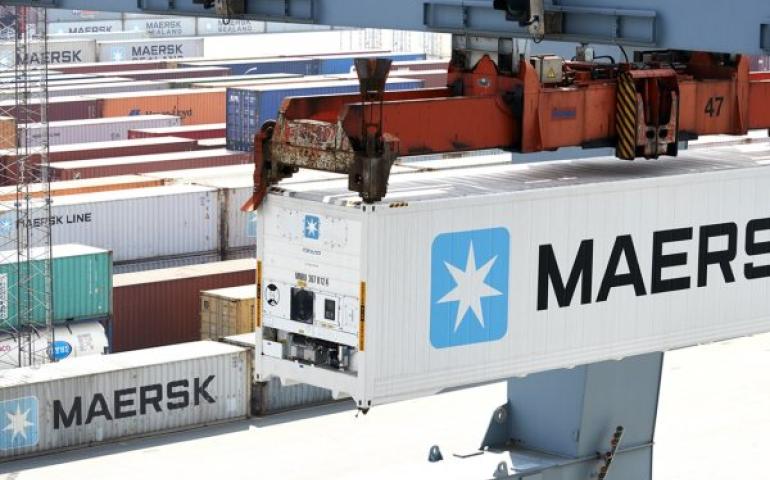Middle East reefers hit by Red Sea diversions

By heading southwest after passing Sumatra and taking the reverse trajectory from Europe the smaller, but lucrative trade in seafood from Europe to the Arabian Gulf has entered into a “negative spiral”, according to Xeneta analysis.
A Xeneta analysis has compared the reefer trades from Europe to the Arabian Gulf and Southeast Asia, emphasising the impact of the effective blockade of the Suez route in freight rates on the two trades.
Some 90% of container shipping has diverted around the African Cape due to the conflict in the Middle East, with carriers wanting to return empty equipment and ships to the Far East as quickly as possible the ships have bypassed markets that were traditionally called at along the route, picking up and delivering cargo in both directions.
In the period since the cape diversions have been in place there has been a significant growth in Southeast Asian freight of 6.8% with demand growth in the Middle East slowing to just 2.5%.
A decline in the Arabian Gulf seafood trade is highlighted by the divergence in freight rates seen on what were considered to be similar services.
On 1 January this year reefer rates to Middle Eastern and Southeast Asian markets were just $64 per feu apart, for a high cube box: “By 19 September, the spread between these trades had increased to an eyebrow-raising $959 per feu high cube,” said Xeneta.










